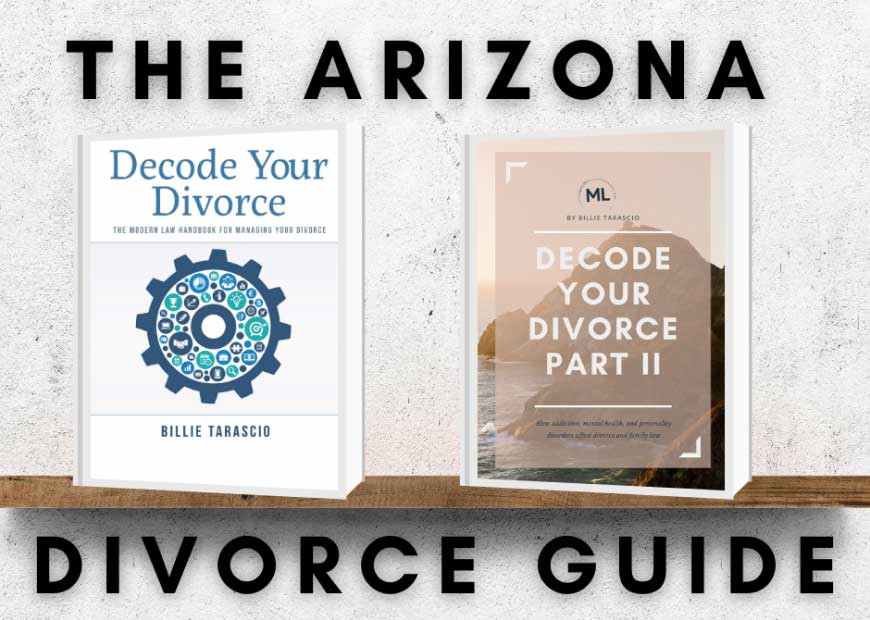A beneficiary deed is a form that will allow for a property to be transferred to a new owner when the current owner dies. When this deed is used, the transfer will happen without the need for the new owner to go through probate. Another name for this type of deed is transfer-on-death deed form. The concept of this type of deed is the same as a transfer-on-death designation for a bank account. The owner decides who they want to inherit their property when they die.
Even though the owner might have a beneficiary deed in place, they do not need to keep it. As long as they are alive, they will have control over the property. They can determine whether they want to remove or change the beneficiary at any point. They will just have to file the proper forms again to make the changes.
Why Choose to Use Beneficiary Deeds?
These types of deeds are popular in estate planning because they tend to be relatively simple, but they have a host of benefits. Let’s get a closer look at some of these benefits to see whether a beneficiary deed might be right for you.
One of the most commonly cited reasons for choosing this type of deed was touched on earlier. You can avoid probate. Going through probate can take a lot of time, and it can cost a lot of money due to all of the legal expenses that need to be paid. With this deed, the property will simply pass to the beneficiary directly without the court needing to be involved.
It’s also a cost-effective option. Although a living trust will provide a range of benefits similar to those of a beneficiary deed, there is a difference. The living trusts tend to be far more complex, which means that they will naturally cost substantially more.
Tax benefits can help, too. Since the beneficiary deed does not go into effect until after death, the property will continue to qualify for any local tax benefits during the life of the owner. Additionally, it is not treated as a gift during the owner’s life, so there is no gift tax, and it could also eliminate capital gains since it will qualify for a full basis step-up when the owner dies.
As mentioned, the owner retains control of the property during their life. They can sell the property if they would like. They can rent the property out, as well. If you have one of these deeds, you do not need to have permission from the beneficiaries named on the deed, and the owner can simply change their mind if they choose. The beneficiary does not have any say over what happens with the property while you are still alive.
This helps to make the process of transferring property easier and hassle-free. However, there are still certain requirements that will need to be met.
What Are the Requirements for a Beneficiary Deed Form in Arizona?
The deed is required to convey an interest in property in Arizona to the beneficiary, it needs to state that the deed is effective after the death of the owner, and it needs to be recorded in the county recorder’s office in the county where the property is located. This means that if the owner is going to grant property to a person in a county that’s different from where the owner lives, they need to record it in the property’s county.
It is also important to remember that the transfer of the property does not mean that any debts affecting the property will disappear at the time of death. Instead, those debts and encumbrances are transferred, so the new owner will be responsible for them. Any debts will still be enforceable after the transfer is complete.
If you are going to be getting a beneficiary deed, it is always a good idea to know of any complications with the property, as well as any debts. Providing this information to the beneficiary before your death can give them a chance to determine whether they will be able to handle those issues. It is often a good idea to get an opinion from an attorney to determine whether this is the right course of action or not.
What Type of Information Is Needed for a Beneficiary Deed?
You can determine who you want to get your property after you have died. Typically, this will be a family member. However, that’s not always the case. It is possible to name more than one beneficiary on the deed. It is even possible to designate an organization as a beneficiary. When you fill out the deed form, you will need to have the name of the beneficiary.
Make sure that you get the name correct. For example, if you want to give the property to your nephew, Will Jr., make sure that you specify that it is Will Michael Stewart Jr. and not his father, Will Aaron Stewart Sr.
You will also have to describe the property. You can check the description on your current deed and use that. Just make sure that you check it to determine that everything is correct once it is copied over. You will then sign the deed in front of a notary public and finally record the deed. Remember that it needs to be recorded in the county where the property is located.
As with any type of legal document, you will want to double-check everything to ensure it is correct. You might also want to get some help from professionals.
Get the Beneficiary Deed Prepared by a Professional
If you are interested in having a beneficiary deed prepared, you do not want to attempt to do it on your own with a template from the Internet. Instead, you want to be sure that you are choosing certified legal document preparers to handle it for you. The professionals at Modern Law can handle this for just $250. They can also provide help with a range of other types of deeds and documents if needed. Get in touch to get the help you need.
Resources: https://www.deeds.com/forms/arizona/beneficiary-deed/
https://www.deedclaim.com/arizona/beneficiary-deed/
https://www.nolo.com/legal-encyclopedia/free-books/avoid-probate-book/chapter5-5.html






